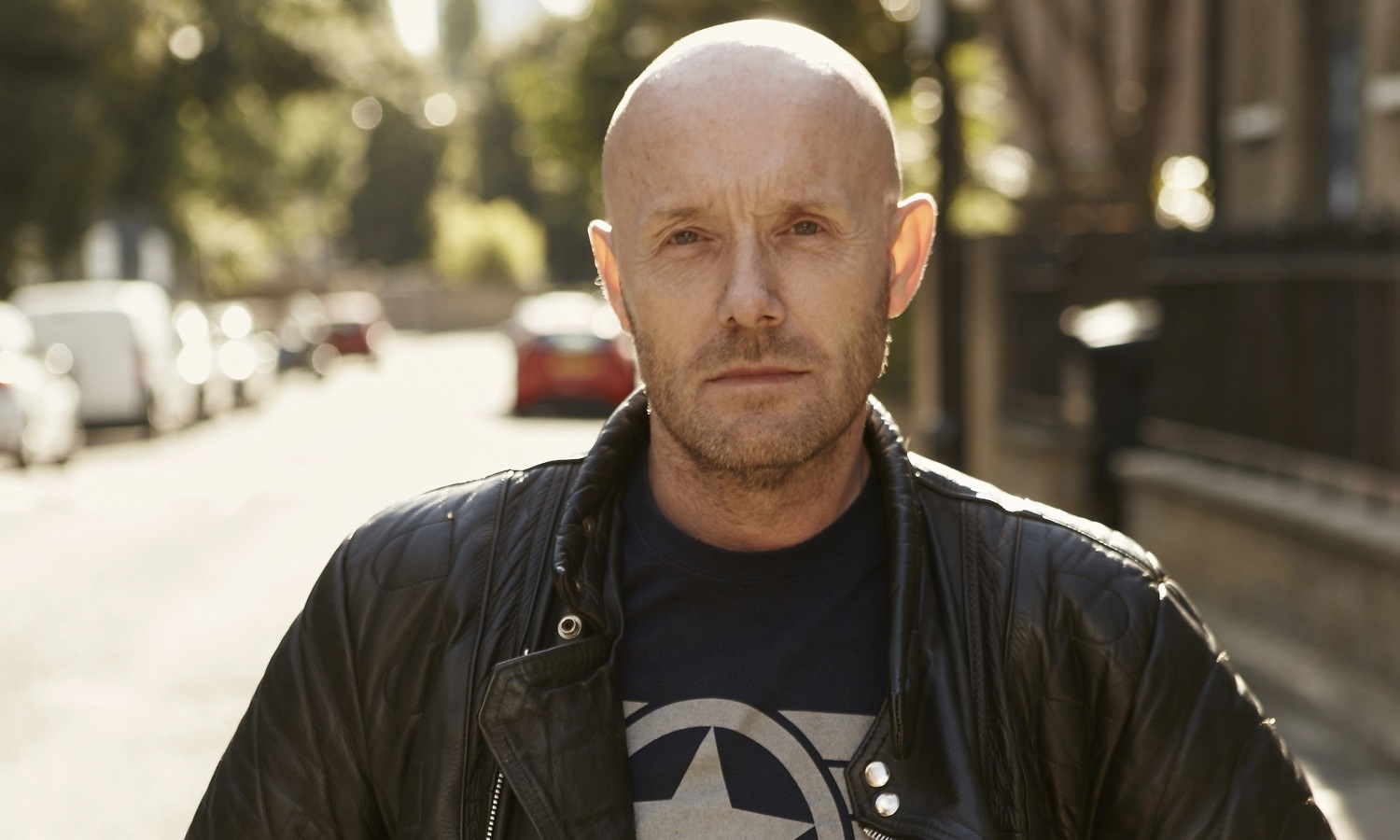‘Money is wasted when HIV/Aids charities ignore each other’ – Activist Paul Fleming on funding for HIV research
Paul has been HIV-positive since 2002 and has worked or volunteered for NAT and Positive East
By Steve Brown

This article first appeared in Attitude’s June issue 296. Paul Fleming has been HIV-positive since 2002 and worked or volunteered for NAT and Positive East from 2003 to 2016
As money available to the HIV sector to help the 100,000 people infected in the UK becomes increasingly scarce, it’s time we asked if the money that is available is being spent wisely.
Increasingly, I think not. And here’s why. There’s a gold standard peer support service called Project 100, provided nationally by Positively UK. It’s excellent.
But all the other HIV charities try to do the same or even copy Positively UK, whether contracted to do so or not.
So, why not just get Positively UK to do it? They’d do the job better and for less.
The National Aids Trust (NAT) has the best policy, lobbying and campaigning teams — look at the success it had in getting the NHS to provide PrEP in England.
But the Terrence Higgins Trust (THT) spend about £400,000 a year of voluntary income (voluntary or unrestricted income is money with no strings attached) on their own policy and campaigns team.
Why don’t THT contract NAT to do some of their policy and campaigning and free up money they could spend on support services?
For example, THT could keep their flagship “myHIV” online support going (if the rumours of its impending demise are true).
It’s the biggest online community of people living with HIV, and closure would be a tragedy and a kick in the teeth, especially for people who don’t live in London.
Let’s not forget, most people with HIV in the UK aren’t in the capital. Positive East have an excellent welfare rights team, but all the other charities spend money trying to do it as well.
NAZ are brilliant in supporting BAME communities living with HIV but the others plough on with similar things.
Outside London, there is overlap in the remit of Sahir House, in Merseyside, and George House Trust, in Greater Manchester, and I have lost count of the number of back-to-work projects separate HIV charities run without any sense of joined-up-ness. It’s just not good enough any more.
The sector is increasingly unfit for purpose and I am calling for change. The money is there; it just needs to be spent better.
THT get £3.5m a year from legacies and donations plus £440,000 from trading and £104,000 from investments (all unrestricted income) on top of the £1.5m contract to “empower people to live well with HIV,” in other words: ongoing support.
Meanwhile, Positive East have £116,000 of unrestricted income and Positively UK £20,000. Don’t buy the counter-argument, “strapped for cash” or “our hands are tied by commissioners.”
Yes, OK, they are in some cases, but not here. In the end it’s about choices, and when it comes to supporting people with HIV, the sector seems more comfortable working apart than together.
But they can cooperate well when they want: the GMI Partnership’s HIV prevention work is shared by a consortium of Positive East, Spectra and Metro; The Red Run for World Aids Day, organised by Positive East, raises tens of thousands of pounds (all unrestricted income) for 14 HIV charities.
A brilliant example of sharing an event and the spoils. People living with HIV who aren’t getting the support services they need, now deserve the same.
